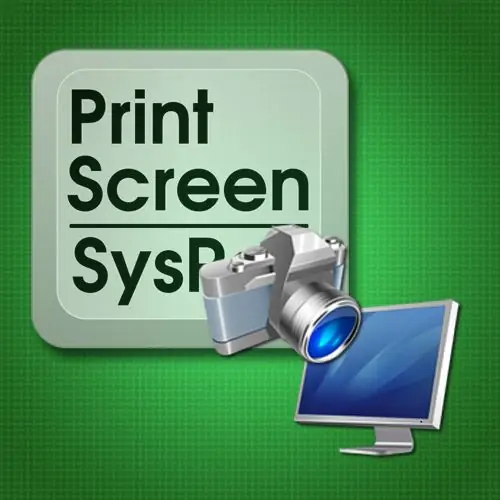The active window of the application can contain data of different types - some of them can be selected and copied by means of the application itself, others require the use of additional programs. In addition, depending on the format in which you need to get the result of copying the window (bitmap or text), the way this operation is implemented will also differ.

Instructions
Step 1
If in the active window you are interested in its text content, then press the key combination ctrl + a to select all its text content. This command will not work in all types of programs, but, for example, in browsers and text editors, such an operation is provided. Then copy everything selected to the clipboard - press the key combination ctrl + c. After that, switch to the application where you want to paste the copied data, and press the key combination ctrl + v or ctrl + Insert to place the contents of the clipboard into it. In some cases, such a scheme allows you to copy not only the text content of the active window, but also graphics, text formatting settings and other elements. For example, this is possible when copying the active Internet Explorer window and then pasting it into a Microsoft Word document.
Step 2
Press the key combination alt="Image" + print screen if you want to get the result of copying the active window in the form of a bitmap. The print screen key is usually located at the level of the function keys, but to the right of them. Sometimes the abbreviated labeling of this button is used - PrScn. On some laptop and laptop models, this key works only in combination with the Fn key. In any case, pressing one of these combinations will place the visible part of the active window on the clipboard. You can extract it from there using any graphics editor or even a Microsoft Word word processor - pressing the ctrl + v key combination will insert the image into a document opened in a graphics or text editor.
Step 3
Use additional specialized applications if you need to get an image not only visible, but also hidden outside the window of the active application area. For example, the SnagIt program can independently scroll the contents of the active window and take a full "screenshot" of it.






